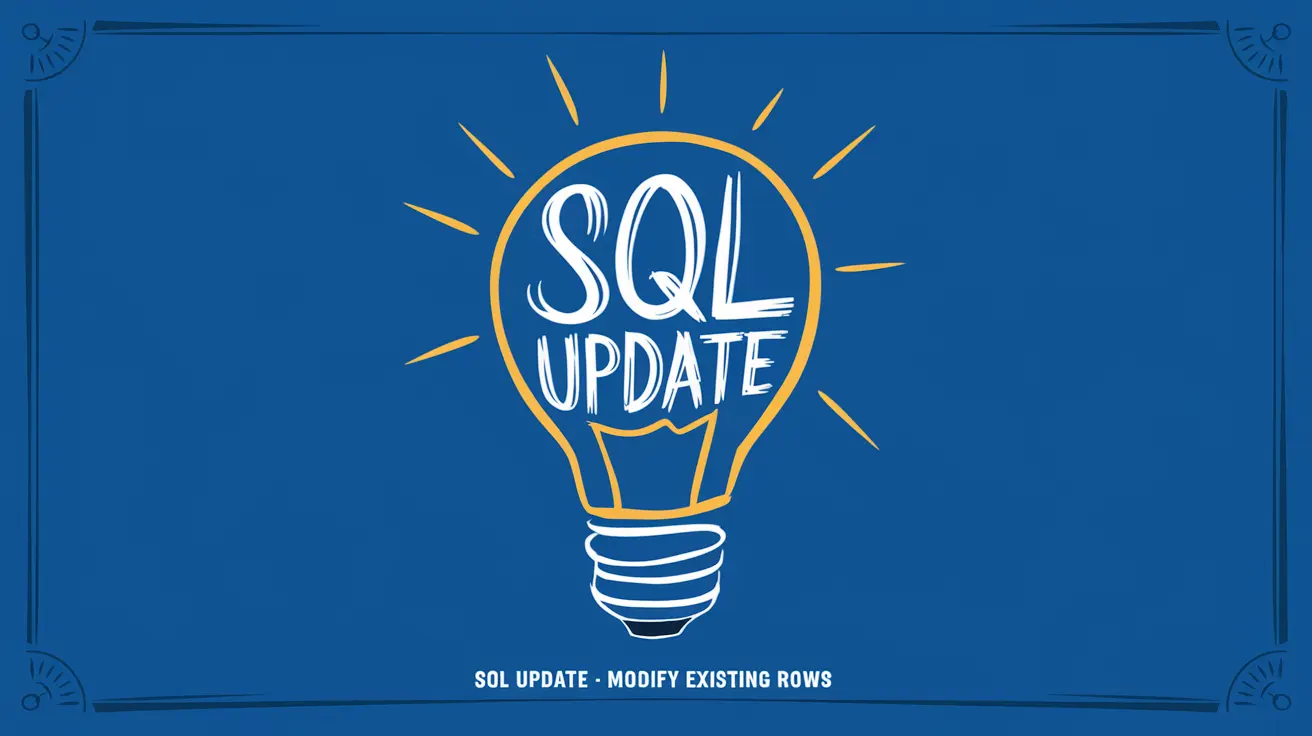Understanding the Role of Business Analysis in ERP Implementations
The role of business analysis is vital in the successful implementation of ERP systems. Business analysts play a crucial role in bridging the gap between the technical aspects of the project and the business requirements. They are responsible for identifying and documenting the current state of the business processes and analyzing the gaps that need to be addressed to achieve the desired future state.
The business analyst works closely with stakeholders from different departments to gather their requirements and translate them into functional specifications. They analyze the business processes, workflows, and data to ensure that the ERP system meets the specific needs of the organization. By conducting thorough analysis, they can identify potential risks and challenges that may arise during implementation and devise strategies to mitigate them. Overall, business analysis is essential for ensuring that the ERP system aligns with the organization’s goals and objectives, leading to a successful implementation.
The Benefits of Incorporating Business Analysis in ERP Projects
Business analysis plays a vital role in the successful implementation of ERP projects. It offers several benefits that organizations should consider when incorporating it into their ERP initiatives. Firstly, incorporating business analysis helps to clearly identify and define business requirements for the ERP system. Through a systematic and thorough analysis process, businesses can gain a deep understanding of their current processes and identify areas that can be improved or optimized with the implementation of an ERP solution.
Secondly, business analysis enables organizations to conduct gap analysis for effective ERP implementation. By identifying the gaps between existing business processes and the capabilities of the ERP system, organizations can develop strategies to bridge these gaps, ensuring a seamless integration and a smooth implementation process. This, in turn, leads to more efficient and effective business processes, improving productivity and ROI for the organization.
Identifying and Analyzing Business Requirements for ERP Systems
To ensure the successful implementation of an enterprise resource planning (ERP) system, it is crucial to accurately identify and analyze the business requirements. This process involves gathering information from various stakeholders and departments within the organization to fully understand their needs and expectations.
The first step in identifying business requirements for ERP systems is conducting thorough interviews and workshops with key individuals. This enables the business analysts to gather insights and perspectives from different functional areas, such as finance, human resources, and supply chain management. Through these interactions, analysts can gain a comprehensive understanding of the current business processes, pain points, and the desired outcomes from implementing an ERP system. Additionally, documentation of existing systems and procedures is crucial in order to effectively analyze the business requirements and identify any gaps that need to be addressed.
Conducting Gap Analysis for Effective ERP Implementation
Gap analysis is a critical step in ensuring a smooth and successful implementation of an ERP system. It involves identifying the gaps between the current state of the organization’s processes and the desired state as defined by the ERP solution. By conducting a thorough gap analysis, businesses can gain valuable insights into the areas that need improvement or change to align with the chosen ERP system.
During the gap analysis, businesses identify specific functional, technical, and process-related gaps that need to be addressed for an effective ERP implementation. This analysis helps businesses determine the necessary modifications or enhancements required in their existing systems or processes. By clearly understanding and documenting these gaps, organizations can create a roadmap for bridging them and ensure that the new ERP system meets their business requirements and objectives. Conducting a comprehensive gap analysis is essential for a successful ERP implementation, as it sets the foundation for a seamless transition to the new system.
Leveraging Business Analysis Techniques for ERP Vendor Selection
Selecting the right ERP vendor plays a crucial role in the success of an implementation project. To ensure the best fit, leveraging business analysis techniques is essential during the vendor selection process. Business analysts can analyze the organization’s specific requirements, evaluate potential vendors, and recommend the most suitable solution.
One of the key techniques used in vendor selection is requirements analysis. Business analysts work closely with stakeholders to identify and prioritize their needs, as well as the specific functionalities and features required in an ERP system. By gathering and documenting these requirements, analysts can objectively evaluate vendors against the organization’s unique needs and determine which vendor offers the best fit. This approach not only ensures that the selected vendor can meet the organization’s current requirements but also helps future-proof the ERP system by considering scalability and flexibility. Additionally, business analysis techniques such as conducting vendor demonstrations, reference checks, and assessing vendors’ financial stability further contribute to making an informed vendor selection decision. By leveraging these techniques, organizations can minimize the risk of selecting an incompatible vendor and maximize the likelihood of a successful ERP implementation.
Streamlining Business Processes through Analysis for ERP Integration
The successful integration of an ERP system requires a thorough analysis of existing business processes. By streamlining these processes through analysis, organizations can ensure a smooth transition and maximize the benefits of their ERP implementation.
Through business analysis, organizations can identify inefficiencies, redundancies, and bottlenecks in their current processes. These areas can be optimized to align with the capabilities of the ERP system, leading to improved efficiency, reduced costs, and increased productivity. By mapping out the current processes and analyzing their strengths and weaknesses, businesses gain a clearer understanding of how the ERP solution can be integrated seamlessly into their operations. With this knowledge, they can make informed decisions on customization, configuration, and modules to be implemented, ensuring the system meets their specific needs and generates the desired outcomes.
Ensuring Data Quality and Accuracy with Business Analysis in ERP Projects
One of the critical aspects of ERP projects is ensuring the data quality and accuracy throughout the implementation process. Business analysis plays a vital role in this area as it helps identify the necessary data elements, their sources, and potential data gaps. By conducting a thorough analysis of the current data landscape and comparing it against the business requirements, organizations can ensure that the ERP system is adequately designed to capture and manage accurate data.
Business analysts work closely with stakeholders and subject matter experts to define data quality metrics and establish data governance processes. They play a key role in validating the completeness, correctness, uniqueness, and consistency of data elements to ensure data accuracy. Through data profiling and data cleansing techniques, business analysts can identify and rectify any data anomalies, such as duplicate records or missing values, thereby improving the overall data quality. Additionally, they develop data validation rules, implement data integration strategies, and establish data quality monitoring mechanisms to maintain the accuracy and integrity of data in the ERP system.
Managing Change and Stakeholder Expectations through Business Analysis in ERP Implementation
When implementing an ERP system, managing change and meeting stakeholder expectations are crucial for success. This can be achieved through effective business analysis. By conducting thorough analysis of the existing business processes, requirements, and goals, organizations can identify areas that will be impacted by the ERP implementation and understand the needs of different stakeholders.
To manage change, business analysts play a key role in facilitating communication and collaboration between stakeholders. They can act as a bridge between management, employees, and IT teams, helping to align expectations and address any concerns. Through requirements gathering and documentation, business analysts can capture the needs and expectations of stakeholders, ensuring that the ERP implementation meets their requirements. Additionally, they can conduct impact analysis to assess the potential effects of the ERP implementation on various business areas, allowing stakeholders to prepare for and adapt to the upcoming changes. Overall, by utilizing business analysis techniques, organizations can effectively manage change and ensure that stakeholder expectations are met throughout the ERP implementation process.
Maximizing Return on Investment with Effective Business Analysis in ERP Projects
Effective business analysis plays a crucial role in maximizing the return on investment (ROI) in ERP projects. By thoroughly analyzing the business requirements and conducting a comprehensive gap analysis, organizations can identify areas where the ERP system can bring the most value and align it with their strategic goals. This analysis helps in identifying and prioritizing the key functionalities and customizations needed in the ERP software to meet the specific needs of the organization.
Furthermore, leveraging business analysis techniques during the ERP vendor selection process ensures that the chosen solution aligns with the organization’s requirements and brings the highest ROI. By evaluating different vendors based on their ability to meet the business needs, scalability, flexibility, and overall cost-effectiveness, organizations can make an informed decision. This helps in selecting an ERP system that not only maximizes the return on investment but also allows the organization to streamline their business processes, improve productivity, and achieve their desired outcomes.
• Thoroughly analyzing business requirements and conducting a comprehensive gap analysis
• Identifying areas where the ERP system can bring the most value and align with strategic goals
• Prioritizing key functionalities and customizations needed in the ERP software
• Leveraging business analysis techniques during ERP vendor selection process
• Evaluating different vendors based on their ability to meet business needs, scalability, flexibility, and cost-effectiveness
• Selecting an ERP system that maximizes ROI while streamlining business processes and improving productivity
Best Practices for Successful Business Analysis in ERP Implementations
Effective business analysis is crucial for successful ERP implementations. To ensure smooth integration and maximum return on investment, it is important to follow a set of best practices. Firstly, organizations should establish a well-defined and comprehensive scope for their ERP projects. This involves clearly defining the objectives, deliverables, timelines, and resources required. By setting a clear scope, businesses can avoid scope creep and ensure that the project stays on track and within budget.
Secondly, regular communication and collaboration among stakeholders is essential. This includes involving key stakeholders from the beginning, such as business users, IT teams, and management, to gather their requirements and align expectations. By keeping all stakeholders involved and informed throughout the implementation process, organizations can address any concerns or issues that arise, leading to more successful outcomes.
What is the role of business analysis in ERP implementations?
Business analysis plays a crucial role in ERP implementations as it involves understanding and analyzing the organization’s business processes, identifying requirements, conducting gap analysis, selecting the right ERP vendor, integrating and streamlining business processes, ensuring data quality, managing change, and maximizing return on investment.
What are the benefits of incorporating business analysis in ERP projects?
Incorporating business analysis in ERP projects brings several benefits, including improved understanding of business processes, accurate identification of requirements, effective vendor selection, streamlined and efficient integration of business processes, improved data quality and accuracy, managed change and stakeholder expectations, and increased ROI.
How do you identify and analyze business requirements for ERP systems?
To identify and analyze business requirements for ERP systems, business analysts collaborate with stakeholders, conduct interviews, analyze existing processes, and document the requirements. They evaluate the organization’s needs, prioritize requirements, and ensure alignment with the ERP system capabilities.
What is gap analysis and why is it important for effective ERP implementation?
Gap analysis is the process of identifying the gaps between the organization’s current state and the desired state in terms of business processes and system capabilities. It helps in understanding the scope of customization required, determining the feasibility of meeting business requirements, and planning for successful ERP implementation.
How can business analysis techniques be leveraged for ERP vendor selection?
Business analysis techniques such as conducting needs assessments, creating vendor evaluation criteria, and performing vendor demonstrations can be used to evaluate ERP vendors. The analysis helps in selecting the most suitable vendor that aligns with the organization’s business requirements and objectives.
How does business analysis streamline business processes through ERP integration?
Business analysis enables the identification and analysis of existing business processes, mapping them to the ERP system, and streamlining them for efficient integration. It helps in eliminating redundancies, optimizing workflows, and aligning processes with the capabilities of the ERP system.
How does business analysis ensure data quality and accuracy in ERP projects?
Business analysis focuses on data mapping, data migration, and data validation to ensure data quality and accuracy in ERP projects. It involves analyzing data sources, defining data transformation rules, and implementing data cleansing and validation processes to maintain data integrity throughout the implementation.
How does business analysis manage change and stakeholder expectations in ERP implementation?
Business analysis helps in managing change and stakeholder expectations by conducting impact assessments, developing change management plans, and engaging stakeholders throughout the implementation process. It ensures effective communication, training, and support to minimize resistance and facilitate successful adoption of the ERP system.
How can effective business analysis maximize return on investment in ERP projects?
Effective business analysis ensures that the implemented ERP system meets the organization’s business requirements, optimizes processes, improves data quality, manages change, and aligns with stakeholder expectations. By achieving these objectives, it maximizes the return on investment by driving efficiency, cost savings, and improved business performance.
What are some best practices for successful business analysis in ERP implementations?
Some best practices for successful business analysis in ERP implementations include involving stakeholders at every stage, conducting thorough requirements gathering and analysis, ensuring effective communication and collaboration, leveraging industry standards and frameworks, prioritizing requirements, conducting regular reviews and evaluations, and continuously monitoring and improving business processes.













Leave a Reply